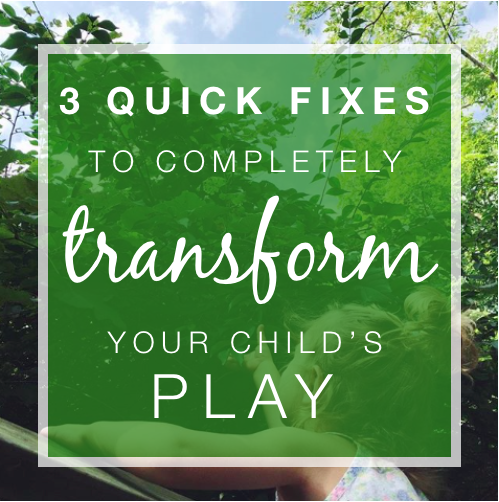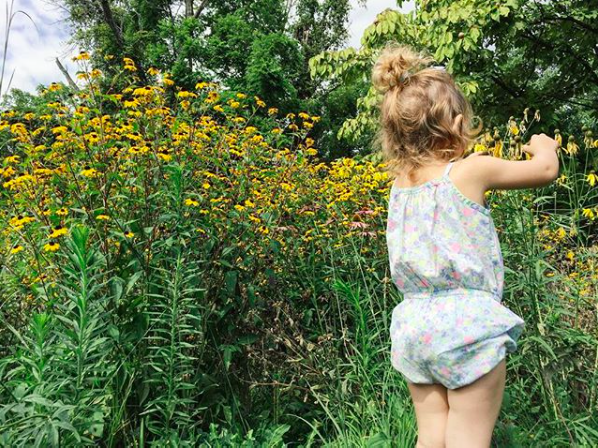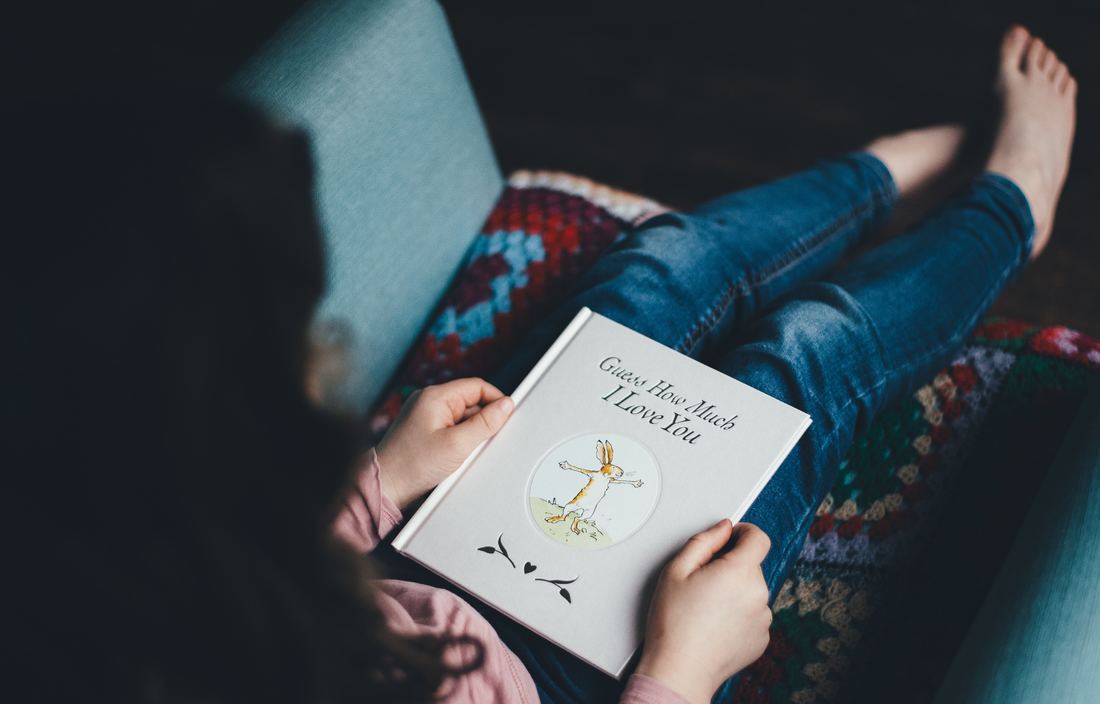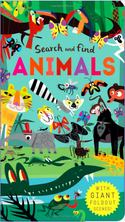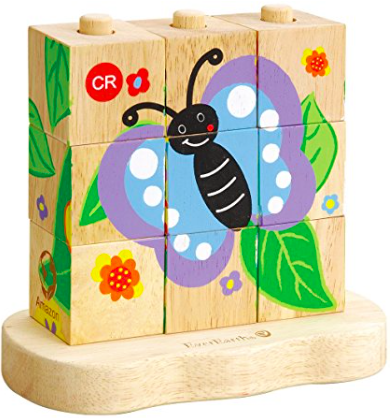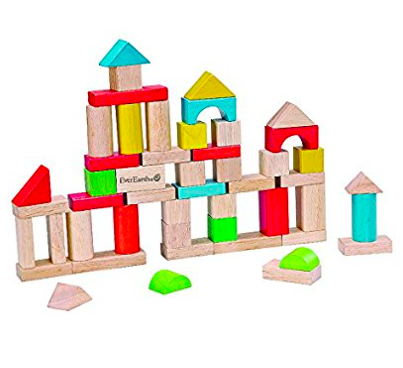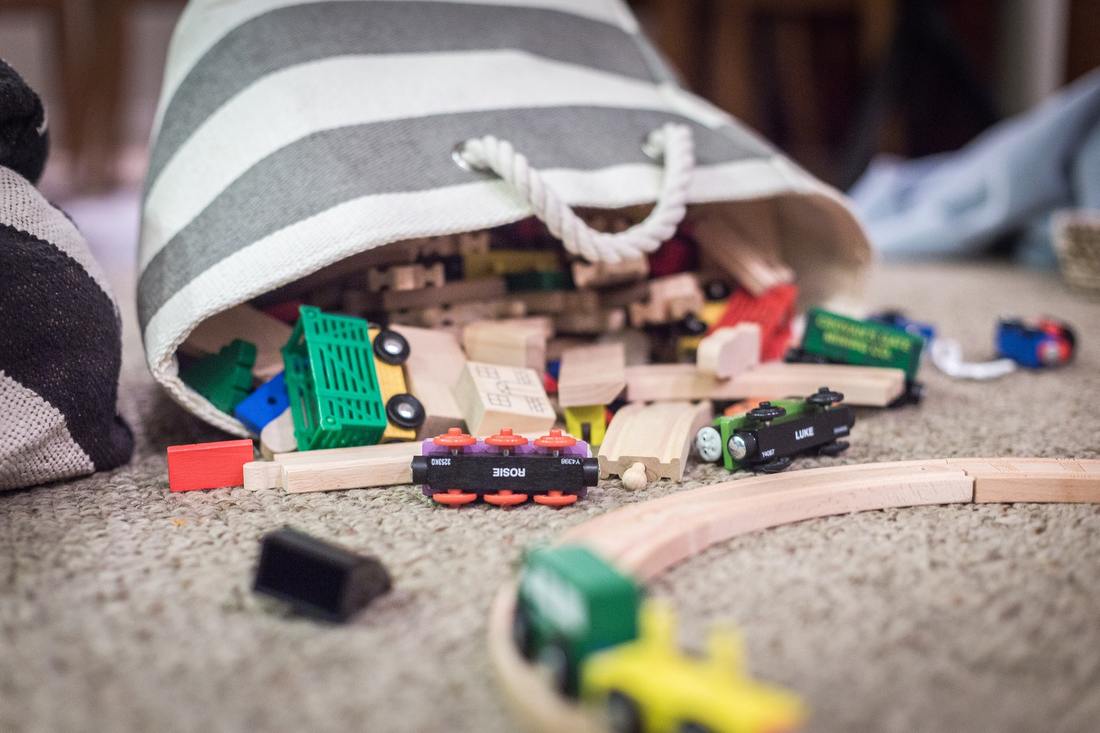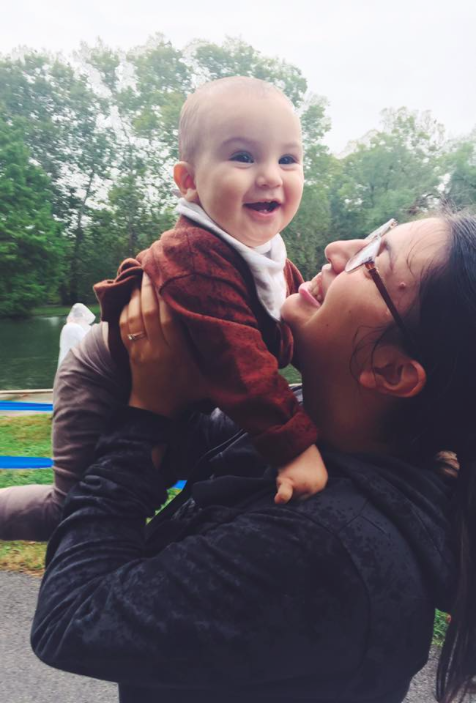|
Okay, okay, okayyyy. Don't call the clickbait police, but I have to confess before we go any further... "Quick fixes," when it comes to children and the nature of their play and emotional wellbeing are hard to come by, and claims to the contrary are usually empty promises. So, just let me clarify: I call these "quick fixes," because they are EASY to enact, simple, and free ideas such that you can put down your device and choose one to try RIGHT NOW. Easy Peasy! But the truth is, as with all change, expect to meet some resistance with toddlers who have become accustomed to a different norm in their home and play times. I urge you to carry on with a "confident momentum," as childcare expert Janet Lansbury would say! I assure you, these simple additions or changes to your daily routine will be so good for your toddler and yourself, and they require so little of you to try today. These ideas are all easy, free, and they can have long, lasting effects if you are committed to trying them again and again and again (repetition works, folks!). So let's dive in: 1. Take Your Child OutsideWooooo, big surprise from creator of Wild & Free Nature Playschool!!! But I mean it! Take your child outside. Every. Single. Day. Rain. Shine. Snow. Storm. Unless there is thunder and lightening, or a weather advisory locally urging you otherwise, get |
